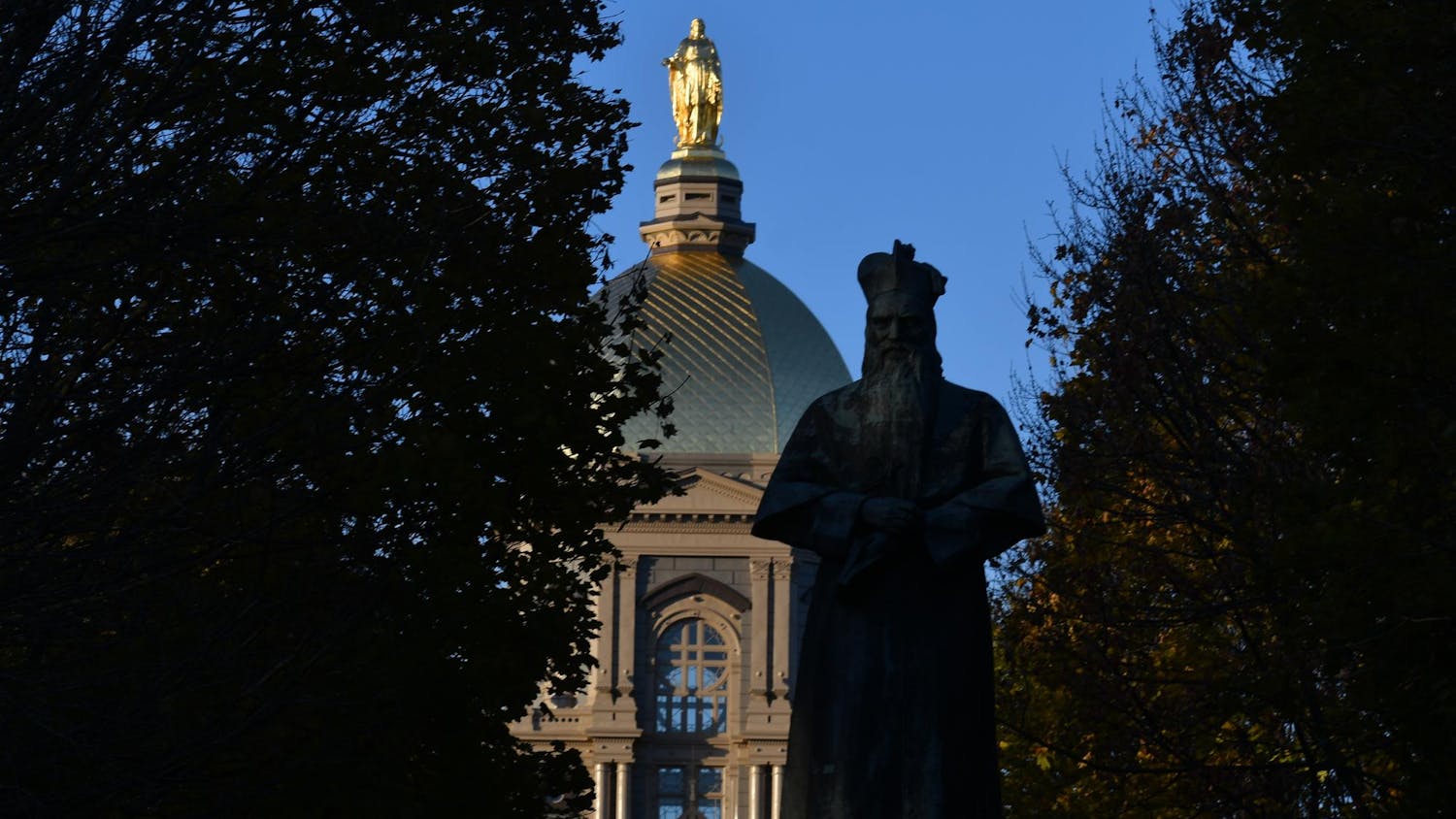Contemporary research does not often correct the near-canonical beliefs that have persisted in a particular field for centuries, but this past summer Notre Dame's Digital Architectural Research and Material Analysis (DHARMA) project in Rome did just that.
The project team, led by Associate Professor of Architecture KrupaliUplekarKrusche, spent most of June analyzing the temples and above-ground terrain of the Roman Forum using novel 3D-scanning technology to reconstruct the ruins with unparalleled accuracy, offering an alternative view to the widely-used measurements of 19th and 20th century architects.
"The Forum is a World Heritage Site, and as a heritage site people presume that it is very well documented," Krusche said. "And yes, a lot of scholars have looked at the Forum for many years and studied it, but as an urban location in totality it hasn't been documented to its fullest degree. And so with our technology of 3-D laser scanning and large, high-resolution panoramic imaging we're able to document the Forum with a very high accuracy of information."
This comprehensive and objective approach to documenting the Roman Forum led not just to a refinement of previous measurements, but also to suggesting new reconstructions of certain structures in the Forum, she said.
"In most of these monuments we found out that there was some difference in the accuracy of measurement between what previous scholars have done and what we have," Krusche said. "At the Temple of Vespasian, specifically, there was also this difference - but it led to new conclusions regarding how one sees the temple."
Although a number of the hand-taken historical documentations from previous scholars are impressively accurate considering the inherent limitations, the new data on the Temple of Vespasian points to a novel reimagining, Krusche said.
"Most of the scholars working in the field today use the reconstructions from the earlier 19th and 20th centuries," she said. "But if the spacing in the center was a little larger, that would allow the temple to be constructed exactly in relation to the cladding and the text."
Senior architecture student Taylor Stein said the DHARMA team only spent a fraction of the summer on-site, as much of the work on the project happened back on campus to compile the data.
"We were in the Forum for five to six days a week, and we were there for a couple weeks this summer in June," Stein said. "We had the laser scanner on-site so we set up the scans and gathered the data there and then returned to campus for the remainder of the summer. The way the scanning works is it pivots on a tripod so you take a certain angle from one side and then the other side and a third side, so we spent the rest of the summer putting the pieces of the puzzle together to create the 3-D unified whole."
The fully-analyzed research will be put on display in an exhibit next year in April hosted in the Forum itself. Not only will the team present reconstruction models, Krusche said, but the DHARMA team plans on having a downloadable app detailing the Roman Forum available by then as well.
"You can hold the Forum in your hand" senior architecture student Stephanie Escobar said. "It's hundreds of millions of data points."
Despite the cutting-edge nature of the research, Krusche said the undertaking is fundamentally tied to the traditional practices of the field.
"Our research is about taking the newest technology in the field and applying it along with the well-known tradition of hundreds of years, and finding the connection between the two," she said.









